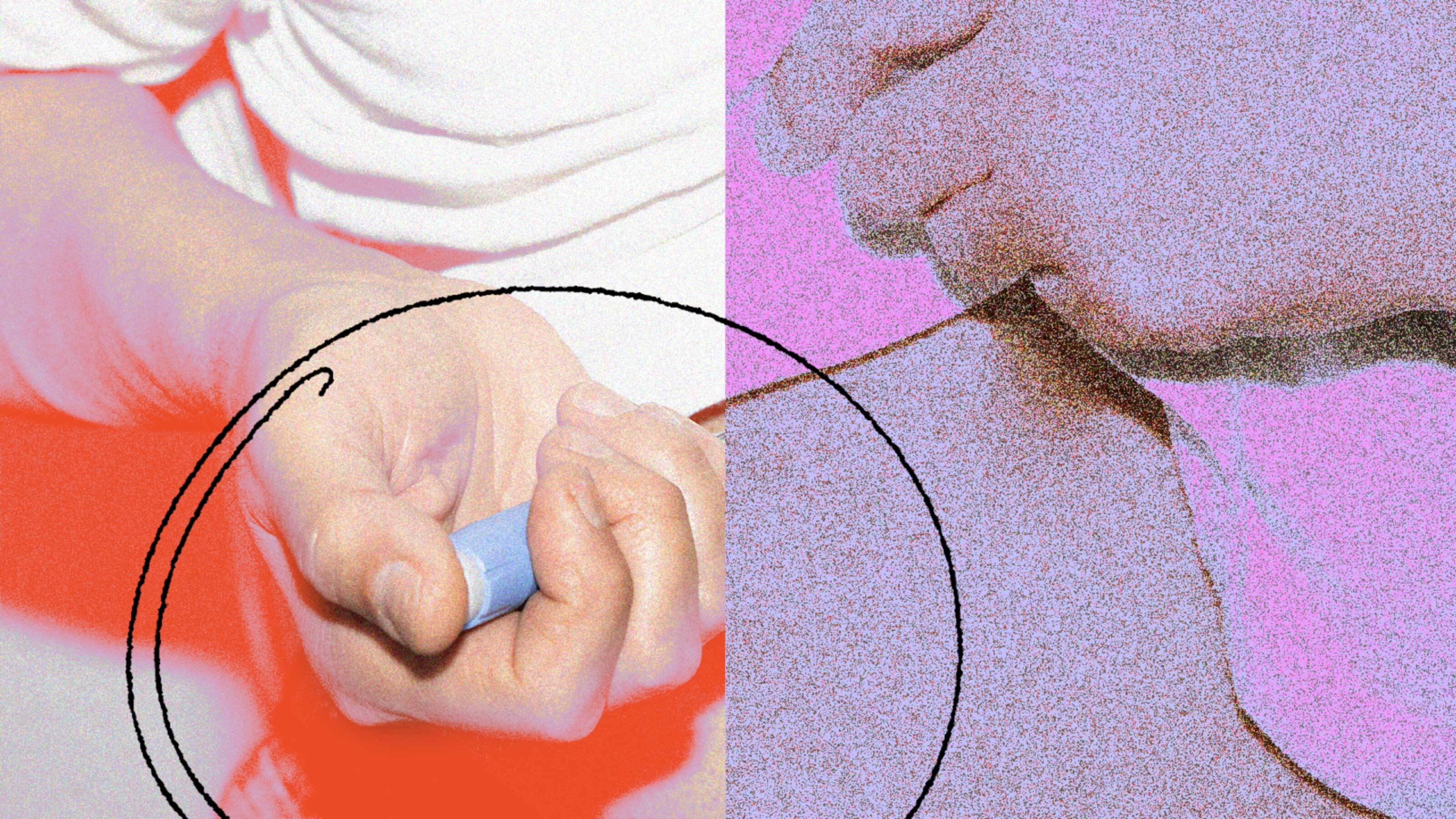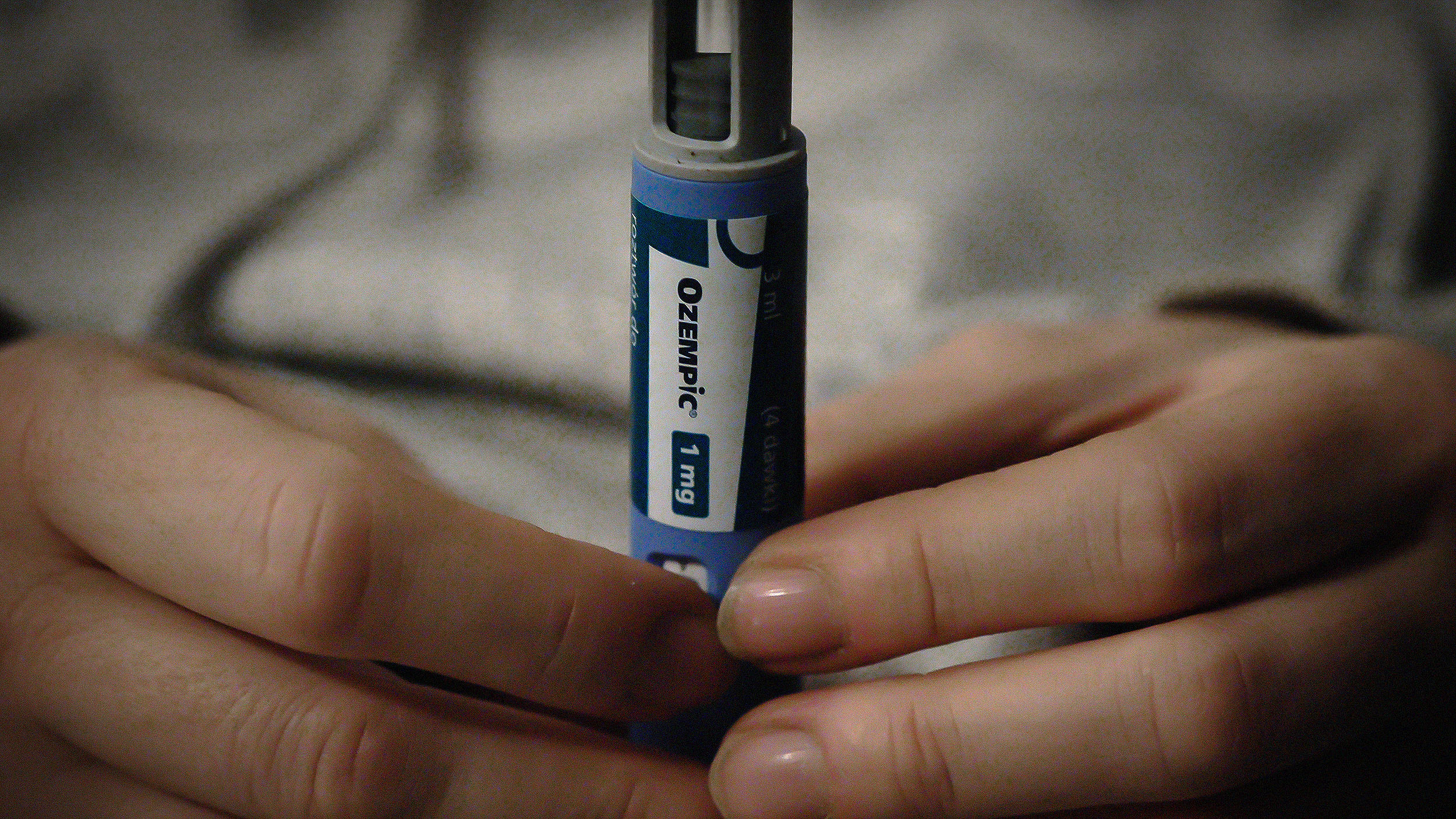Study: U.S. alcohol deaths have doubled since 1997

- From 1997 to 2017, alcohol-related deaths among Americans aged 16 and older doubled from 35,914 to 72,558.
- From 2011 to 2017, the average number of drinks consumed by binge-drinkers rose from 472 to 529.
- A 2018 study showed that people who consume six or more drinks per week are more likely to die early.
Americans are drinking more alcohol and dying at higher rates from it, according to two new reports released in January.
A study published in the journal Alcoholism Clinical & Experimental Research examined alcohol-related deaths from 1997 to 2007. (The researchers considered a death to be alcohol-related if a death certificate listed alcohol as a primary or secondary cause of death.) The results showed that over the past two decades:
- Alcohol deaths among Americans ages 16 and older doubled from 35,914 in 1997, to 72,558 in 2017.
- The death rate increased 50.9% from 16.9 to 25.5 per 100,000.
- 944,880 alcohol‐related deaths were recorded between 1999 and 2017.
- In 2017, alcohol was associated with 72,558 deaths, making it more deadly than illegal drugs, including opioids.
- Only cigarettes are more deadly than alcohol in the U.S.
How exactly are Americans dying from booze? In 2017, about half of alcohol deaths were the result of liver disease; separate research shows that far more young Americans have been dying from alcohol-related liver diseases than they did just two decades ago. But interestingly, since 1997, significantly fewer Americans died in alcohol-related car accidents, possibly because of the rise of ridesharing apps like Uber (though the data aren’t exactly clear on that).
However, more Americans are dying from drug overdoses that also involve alcohol.
“In 2017, death certificates captured 10,596 deaths due to overdoses on a combination of alcohol and other drugs and another 2,358 deaths from overdoses on alcohol alone,” the researchers wrote. “Alcohol causes respiratory depression on its own, and the risk of acute respiratory failure increases when alcohol is combined with other drugs that suppress respiration, such as opioids and benzodiazepines.”

Age‐adjusted death rates by sex and race/ethnicity for (A) all alcohol‐induced causes, (B) acute causes, and (C) chronic causes, fitted with joinpoint log‐linear regression: United States, 1999 to 2017. Rate is shown on a natural log scale to depict a relative change over time (i.e., APC).
The researchers added that mixing alcohol with opioids was especially deadly for Americans ages 66 to 77.
“The fact that a moderately intoxicating dose of alcohol significantly increased the respiratory depression produced by a medicinal dose of oxycodone suggests that any alcohol consumption could contribute to fatal overdoses involving opioid,” they wrote.
A second study examined rates of binge-drinking among Americans from 2011 to 2017. (The study defined binge drinking as five or more drinks on one occasion for men and four for women.) The results show that, while the percentage of Americans who drink to excess hasn’t really budged, those who do binge-drink are drinking more:
- The average number of drinks consumed by binge-drinkers rose from 472 in 2011, to 529 in 2017.
- The most significant rise in binge-drinking rates occurred among Americans without a high-school degree.
- That group consumed 942 drinks per person in 2017, up from 646 in 2011.
- In 2018, 26.45% of people ages 18 or older reported that they engaged in binge drinking in the past month, while 6.6 percent reported engaging in “heavy” alcohol use.
Why alcohol is addictive
Alcohol is one of the most addictive substances on the planet. The data vary by study, but it’s estimated that between 6 and 30 percent of Americans are alcoholics, and that most are men. Why is drinking addictive? A few explanations include:
- Alcohol triggers the reward centers of the brain, releasing dopamine and endorphins, which reinforces physical dependency.
- Alcohol contains large amounts of sugar, which by itself can be addictive, at least according to some research.
- People often use drinking as a coping mechanism, whether in social situations or for anxiety and/or depression, which can reinforce the behavior and make us more likely to repeat it in the future.
- Some research suggests that people whose brains release large amounts of natural opioids in response to alcohol are especially vulnerable to alcoholism.
How to curb your drinking
So, how much alcohol is too much? It’s difficult to say, but a 2018 study found that people who drink more than six drinks per week were significantly more likely to die early, specifically of stroke, heart disease, heart failure, fatal hypertensive disease and fatal aortic aneurysm. If you’re looking to curb your alcohol intake, consider some of these tips from Harvard Medical School:
- Put it in writing: List specific reasons why you want to quit. Studies suggest writing goals down makes us more likely to achieve them.
- Don’t keep booze in the house: Try to put more distance between you and alcohol; make it difficult to grab a drink.
- Drink slowly: Try ordering a soda (or better, a water) between drinks.
- Set a drinking goal: If you want to keep drinking, try setting a drink limit before going out so you know exactly when to stop.
- Guard against temptations: Become aware of what triggers you to drink: certain friends, stress levels, particular places, etc. Be mindful of whether you’re using alcohol to cope with stress, and if so, work to replace that coping mechanism with a healthier one.





